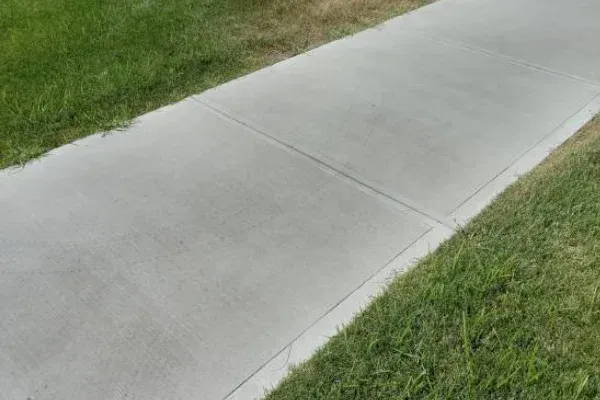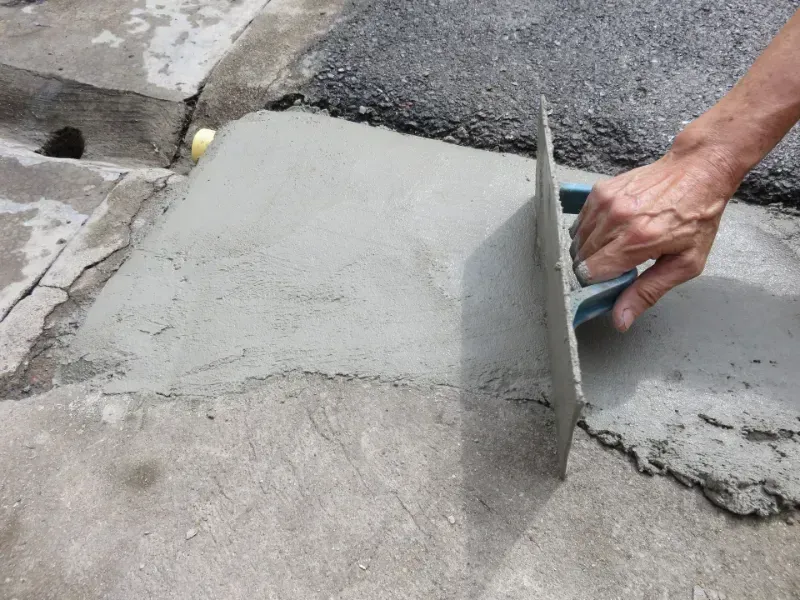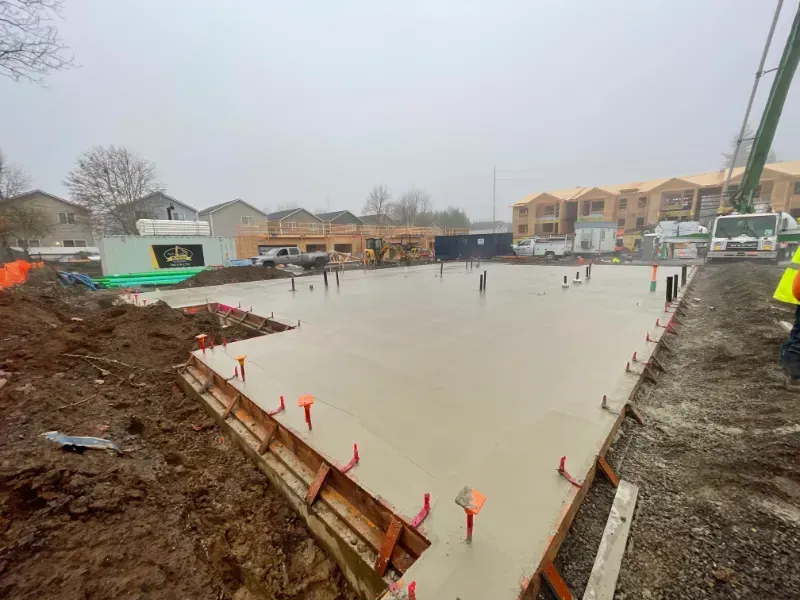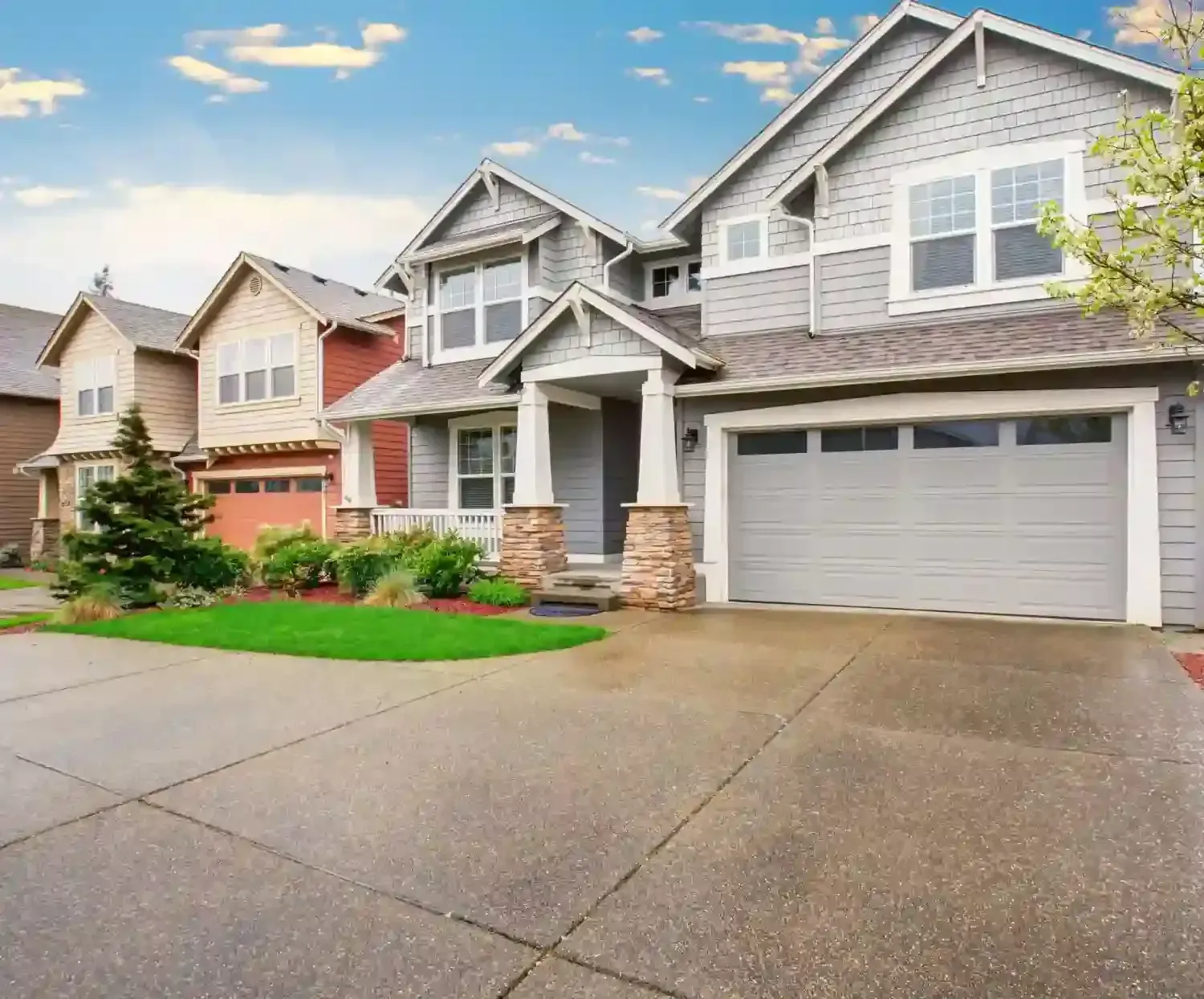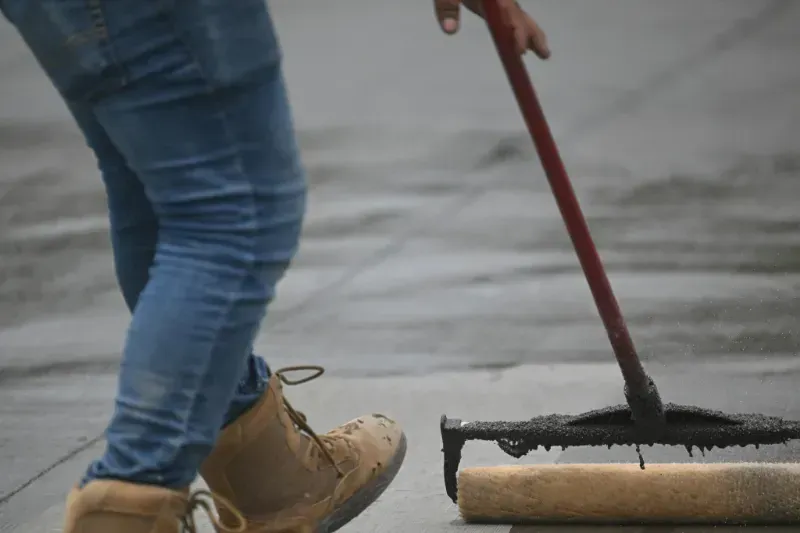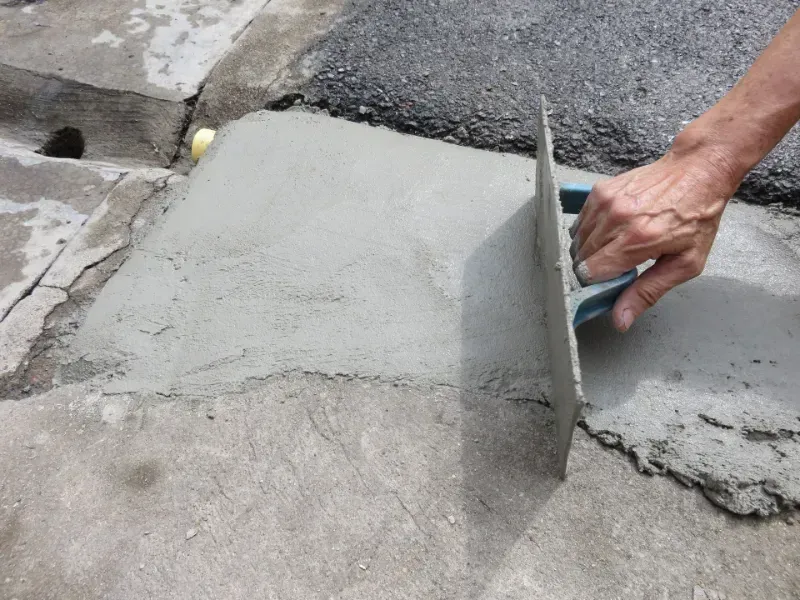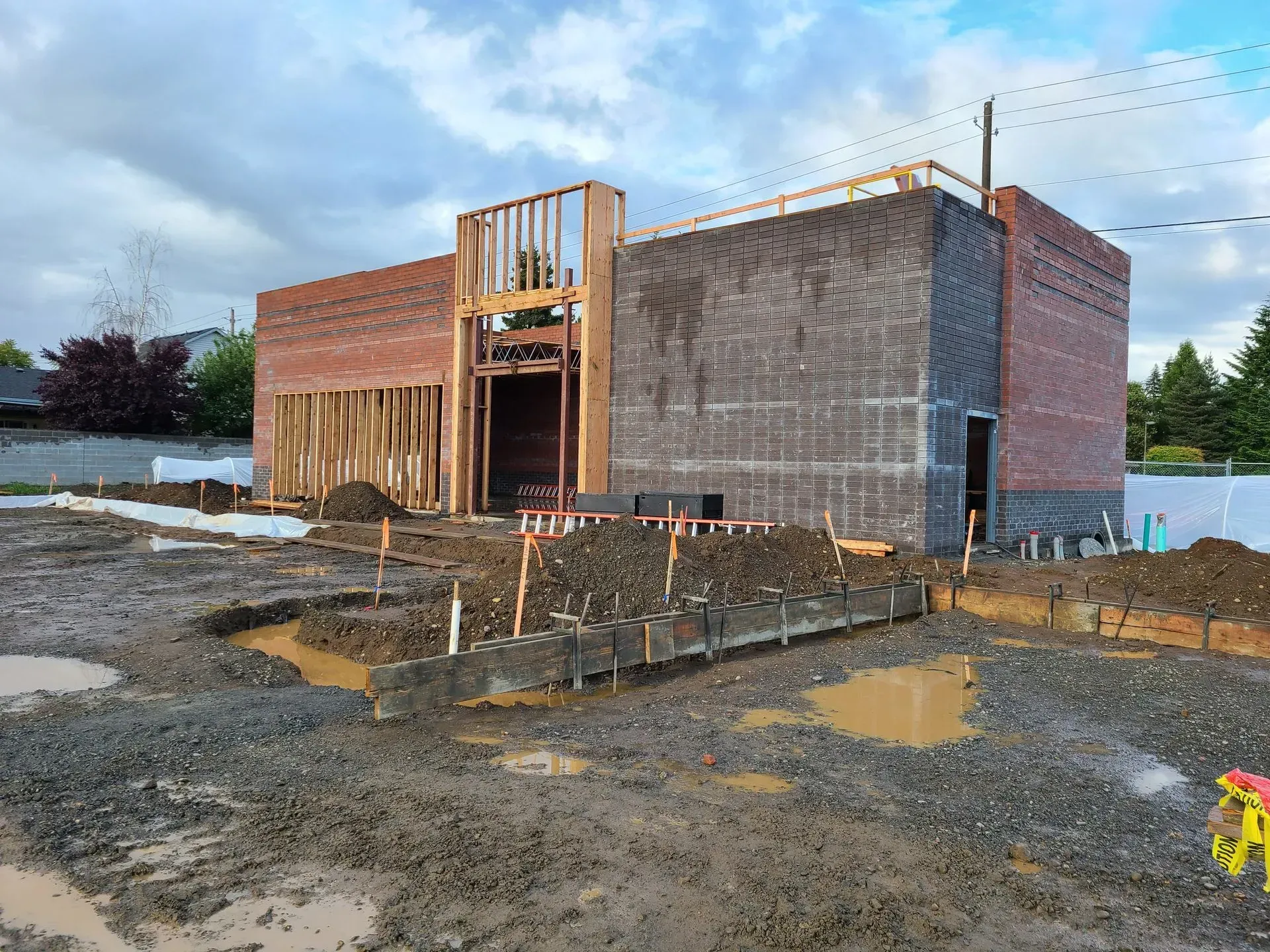How to Maintain Your Stamped Concrete Patio in Wet Weather
What Makes Stamped Concrete Different From Regular Concrete?
Stamped concrete isn’t just about looking good — it’s made to mimic brick, stone, or tile while still being poured like traditional concrete. The patterns and color treatments make it stand out, but they also make it a little more delicate when it comes to maintenance, especially in wet weather.
Unlike plain concrete, stamped concrete has a textured surface and a colored finish, both of which can wear down faster if you’re not careful. That’s why keeping up with cleaning and sealing is so important. If you want your patio to keep looking like new — even after months of rain — a little extra care goes a long way.
Why Rainy Seasons Are Tough on Stamped Concrete
Rain can be tough on any outdoor surface, but stamped concrete takes a special hit. Moisture gets into the textured surface and can slowly wear away the color or break down the sealant layer. This leads to fading, cracking, and in some cases, slippery surfaces.
Add in dirt, mud, and organic debris like wet leaves, and you’ve got a recipe for mildew and staining. With a few simple steps, you can protect your investment and keep your patio safe, beautiful, and ready for sunny days ahead.
Step 1: Clear Off Debris Before the Storms Hit
Before rainy season arrives, give your stamped concrete patio a clean slate. Clear the surface of debris like dirt, leaves, and twigs—anything that could hold moisture or cause decay. Organic material left too long can lead to discoloration and mold growth.
Make it a habit to do this weekly if you live in a wet climate. Use a stiff broom or leaf blower for faster cleanup. Keeping your patio clear of debris helps water flow properly and makes the cleaning process easier down the line.
Step 2: Deep Clean Your Patio With a Gentle Power Wash
When the surface is free of leaves and loose debris, it’s time for a deep clean. A power washer can be a great tool — but go easy. Too much pressure can damage the texture or strip away the sealant.
Set your pressure washer to a low-to-medium setting and use a wide-angle spray. Move slowly and evenly across the surface. You’re not trying to blast the concrete — just rinse away the grime. If you don’t have a power washer, a hose with a good nozzle and a scrub brush works too.
Step 3: Choose the Right Cleaner for Stamped Concrete
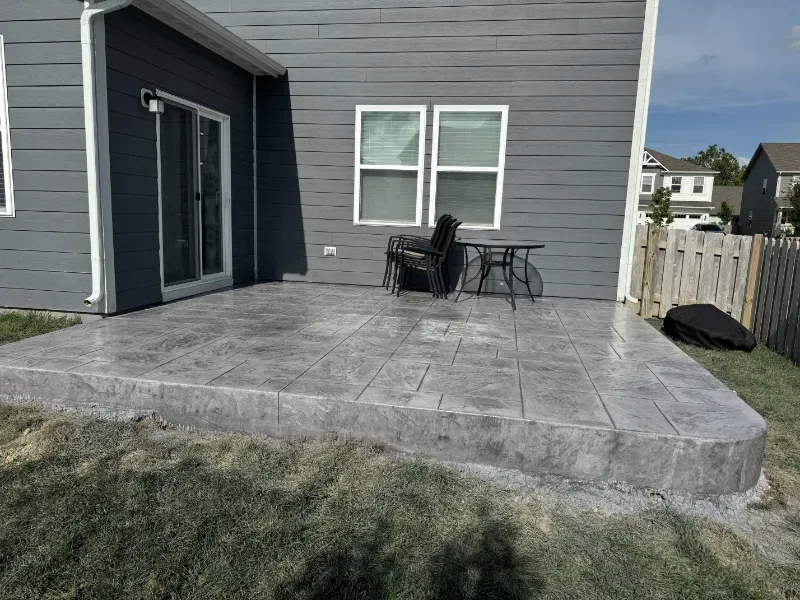
Not all cleaners are created equal, especially when it comes to stamped concrete. Avoid harsh chemicals or anything with acid in it. Choose a neutral-pH solution tailored for use on decorative concrete finishes.
Follow the mixing directions carefully, then spread it evenly using a mop or sprayer. Allow the cleaner to soak for a few minutes to break down stains, then lightly scrub and rinse well. This step helps bring back the vibrancy of your stamped concrete and keeps that finish looking sharp.
Step 4: Spot-Check for Damage: Cracks, Chips, and Fading
After cleaning, take a slow walk around your patio and look closely at the surface. Cracks, chips, or fading colors are all early signs that your patio needs attention. Don’t wait for them to get worse — a small repair now is way easier than a full fix later.
Mark any spots that need repair with a piece of chalk or tape. If you notice the sealant is gone in some areas (you’ll see dull, porous spots), you’ll want to reseal soon. These little inspections should be done at least once every season.
Step 5: How (and When) to Reseal Your Stamped Concrete
Sealing is what protects your stamped concrete from water, dirt, UV rays, and fading. Over time, sealant wears off — especially in rainy areas. Most patios need resealing every 2–3 years, but heavy rain can shorten that window.
Go with a premium solvent-based sealer specifically made for stamped concrete. Apply with a sprayer or roller in thin, even coats. Give it the time it needs to cure properly between coats. You’ll know it’s done right when the surface looks rich in color and has a light sheen.
Step 6: Add a Slip-Resistant Additive for Safety
Rainy patios can be slippery — especially when they’re freshly sealed. That glossy surface might look beautiful, but it can turn into a skating rink if you’re not careful. This is where a slip-resistant additive makes all the difference.
Many sealers allow you to mix in a grip additive made of fine grit or polymer. It’s barely visible but adds traction underfoot, making the patio safer for kids, pets, and guests. If you’ve ever slipped on wet concrete, you’ll appreciate the peace of mind.
Step 7: Tips to Keep Water From Pooling on the Surface
Pooled water isn’t just a nuisance — it wears down your stamped concrete faster. Check to make sure your patio has proper drainage. Pooling water in the center or around the edges could mean it’s time to regrade or add a basic drainage solution.
Even small changes help. Extend your downspouts, use a squeegee to push water off the surface after storms, or place a few outdoor mats in high-traffic spots. Less water sitting on the surface means longer life for your patio.
Year-Round Stamped Concrete Maintenance Tips for Wet Climates
Keeping your stamped concrete in top shape through rainy seasons is all about consistency. Consistent care all year can make a big difference. Here’s a quick cheat sheet:
- Sweep weekly
- Clean thoroughly every few months
- Inspect every season
- Refresh your sealer every couple of years, or as needed to maintain protection
- Lay down rugs or padding beneath furniture to shield the surface
If you follow these steps, your patio will keep turning heads and standing strong — rain or shine. And if you’re ever unsure what your patio needs...
Reach out to the stamped concrete pros at Nava Concrete today. We proudly serve homeowners in Vancouver, WA and we’d love to help you protect your investment year-round. Reach us today at (360) 721-8093 and let’s keep your patio looking beautiful through every season.

